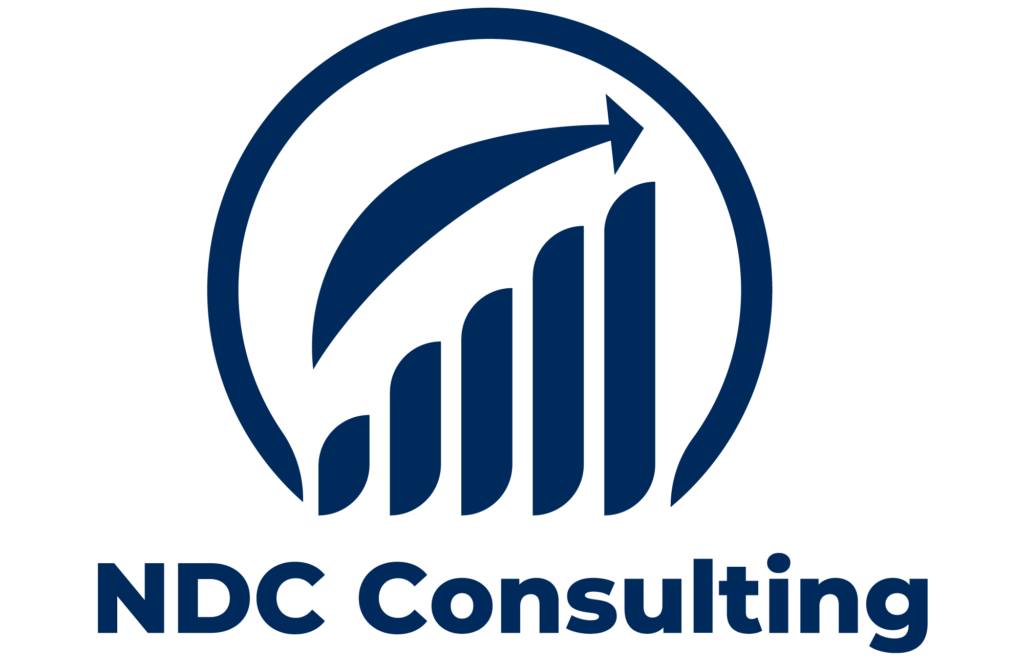
Defining a Modern Risk Professional
In the past, risk managers have mostly dealt with problems as they arise, with a primary focus on identifying, monitoring, and quantifying enterprise risk. Their efforts have frequently focused on providing information on the main hazards, their probability, and their possible consequences.
However, this role is being redefined by modern risk professionals. In addition to measuring and tracking risks, they go deeper and take other aspects like risk velocity and other important metrics into consideration. Modern risk specialists aggressively discover new risks and assist their organizations in mitigating them before they become major crises, going beyond merely responding to them as they arise. By asking thoughtful queries like as:
- What impact might this have on our company?
- What knowledge does leadership require to respond strategically?
A more resilient, prepared organization that can confidently navigate challenges is made possible by the modern risk professional.
Novel Risk: The Driving Force Behind This Change
The rise of novel risks is the driving force behind the change of the modern risk professional. It is now evident from these dangers that the conventional methods are insufficient. According to ISO 31050, there are two main types of novel risks: transformative risks and new risks.
New Risk
Threats that weren’t previously recognized as “emerging” or unknown but have rapidly become serious issues are referred to as new hazards. For instance, traditional IT regulations may not be able to handle the special issues posed by artificial intelligence (AI), a brand-new technology that is being implemented at an incredible pace.
McCarthy’s innovation department reacted quickly to the publication of ChatGPT, a novel AI technology. “Our innovation group took ChatGPT, looked at it, and created a policy around its use,” Allen revealed. They are now trying to figure out how we can scale and streamline with it.
The example provided suggests that risk management should also consider how to enhance operations while controlling risks, rather than only dictating what is risky and what should be avoided.
Transformative risks
Transformative risks, on the other hand, are older risks that have grown more complicated and challenging to manage. This kind of risk is best shown by climate change. Although it has always been a worry, the increasing complexity of addressing climate-related risks is highlighted by recent occurrences such as Hurricane Otis, which struck Acapulco, Mexico, with never-before-seen speed and devastation.
Allen mentioned the impending US election while discussing transformative risks, saying, “We’ve always had to prepare for geopolitical swings with each election cycle, but the swing has never been this wide.” He continued by talking about how the candidates that are elected could have a significant impact on policy.
Proactive and forward-thinking risk management is crucial in today’s dynamic environment, since these kinds of innovative risks are forcing firms to reevaluate their risk management practices.
The Modern Risk Professional’s Revolutionary Journey
The evolution of the modern risk professional can be viewed as an ongoing journey, with four essential milestones signifying the stages of advancement.
- Most firms start with the traditional approach, which consists of a specialized risk management team and program that is mainly concerned with monitoring and reporting.
- Risk teams begin by looking for opportunities to identify critical areas for proactive risk management and early intervention.
- In order to ensure that important risks are recognized and strategically addressed, Connected to Leaders makes sure that there are open lines of communication with the leadership.
- Plans in Place show proactive strategies have been used to address a large number of the organization’s major risks prior to their escalation.
The transition from traditional to modern risk professional is not a linear procedure with a clear end point, even though we reduced it to these four steps. There’s no the wrong place to start because the role of a risk professional will always change to meet new challenges.
McCarthy, according to Allen, is still in the process of changing. The goal of their efforts now is to improve the integrated risk management strategy. Allen emphasizes, “It’s not about the ‘me,’ it’s about the ‘we,’ if we’re all doing something similar, we should just be doing it together.”
Key Takeaways
Risk experts’ roles are changing dramatically. A more proactive approach to risk management is becoming necessary due to novel risks like developing technologies and changing environmental issues. Modern risk managers need to present themselves as important resources within their companies in addition to managing and identifying any threats in order to successfully reduce these risks. They may ensure that their organizations are ready for whatever happens next by promoting strategic planning and risk-aware decision-making.
Article Link: origamirisk.com

